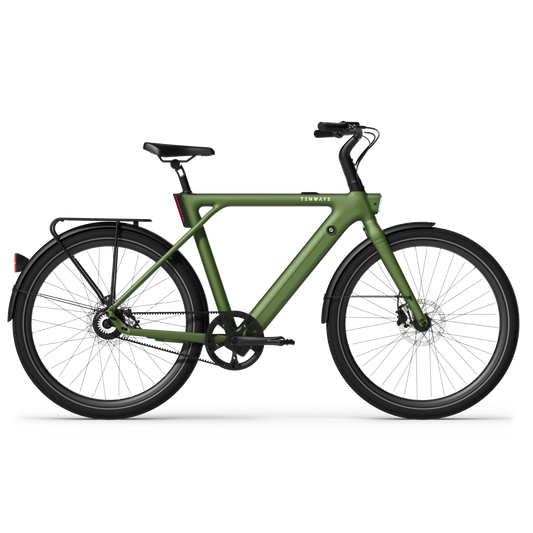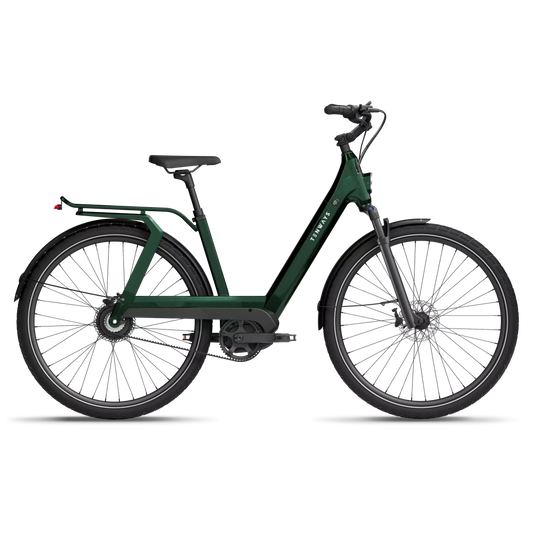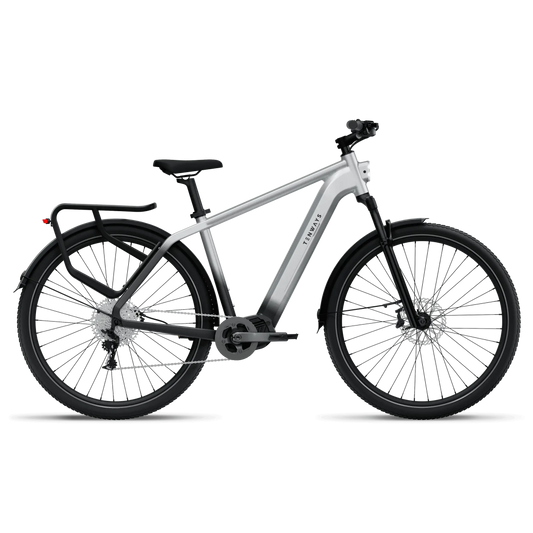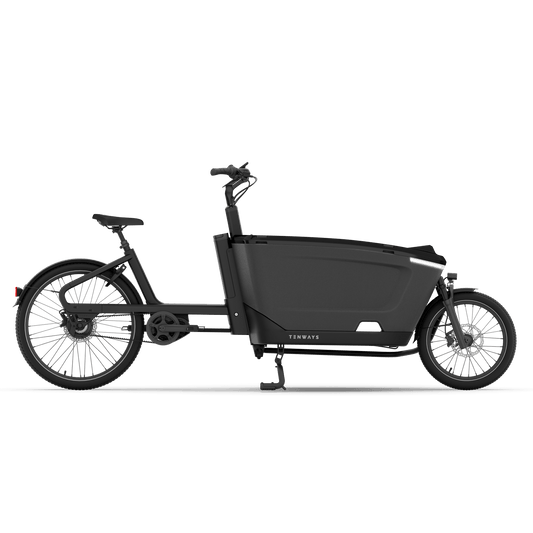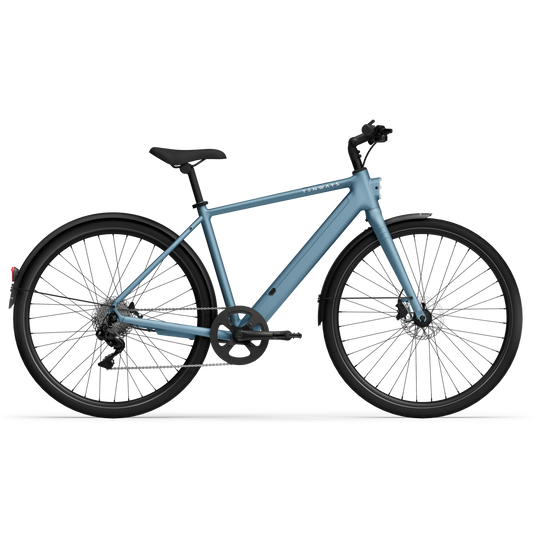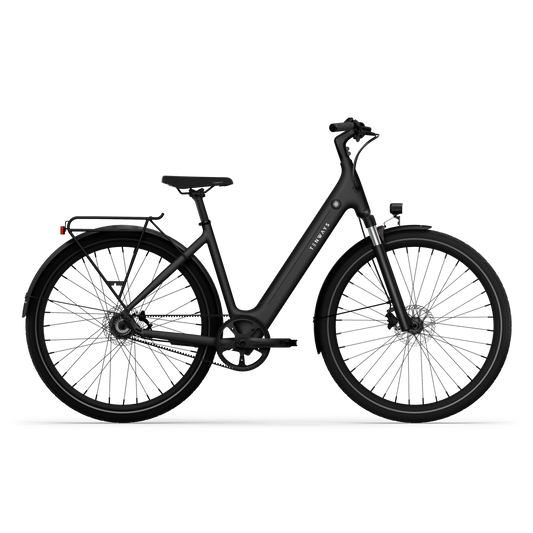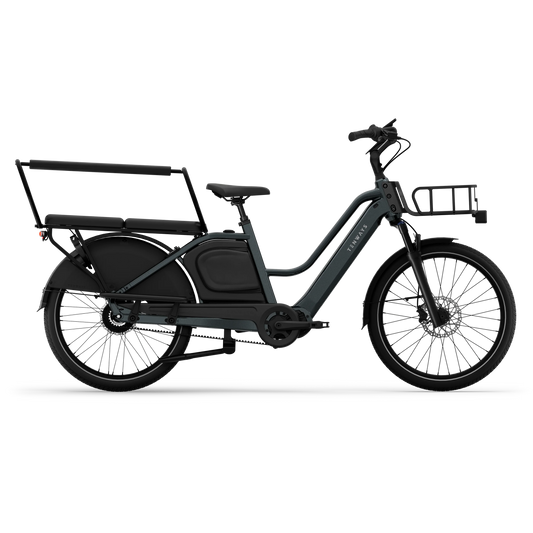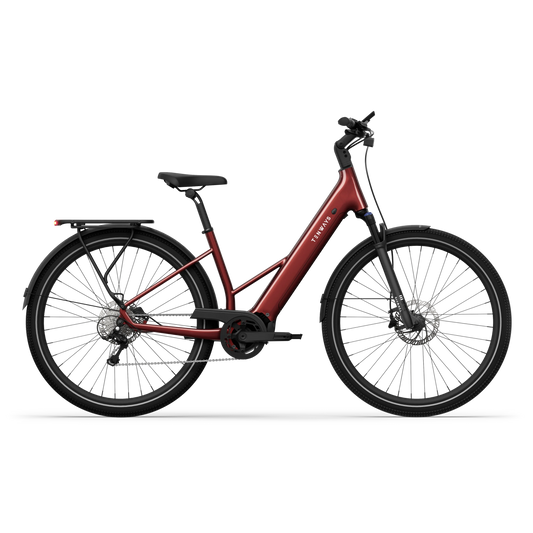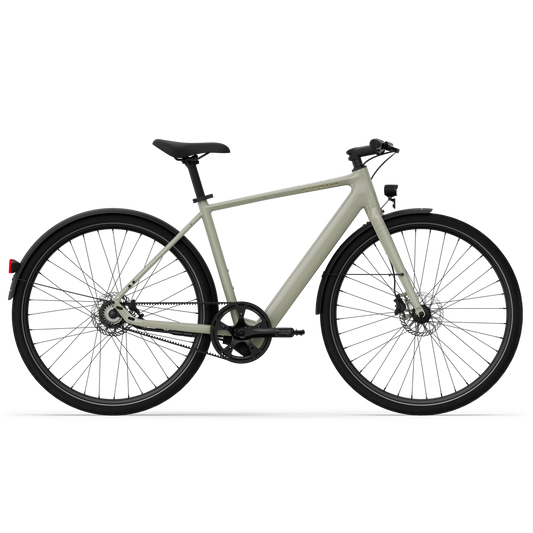When it comes to choosing an e-bike, a key defining choice is between a hub-drive or a mid-mounted motor. Each type has a variety of pros and cons, but how do they differ, and which one suits your needs best? In this guide, we'll break down the fundamentals of mid-drive and hub-drive e-bikes, explore their unique features, and help you decide which motor type aligns with your riding preferences.
Mid-drive and hub-drive motors
Let's start with the basics. As the name suggests, one of the key differences between mid-drive and hub drive motors is their positioning. Mid-drives are positioned at the bike's centre, right by the pedals and connect directly to the crankshaft, whereas hub-drive motors are integrated into the bike's wheel hub, either the front or, more commonly, the rear wheel.

How do they work?
Who would think that the placement of these two motor systems makes such a big impact? There are actually a handful of factors that make each of these motors individual.

Riding experience
But how do all these differences affect your ride? Riding a hub-drive e-bike can feel more straightforward, while mid-drive e-bikes offer enhanced control and are more adept at handling inclines.
Mid-drive motors are known for their superior efficiency compared to hub drives, primarily due to the direct connection between the motor and the bike's cranks. With this direct link, there's minimal loss of power between the pedal and the motor, leading to faster assistance response and enhanced pedalling efficiency. Consequently, mid-drive systems often provide extended-range capabilities.
Expenses
Generally, mid-drive e-bikes tend to be the more expensive of the two, as the motor is integrated within the bike's mechanics, and the frame often requires significant adaptations in order to accommodate this electrical component. Hub motors, in contrast, are simpler in design and easier for bike developers to accommodate in their designs.

Maintenance
Comparing the maintenance of the two systems is also important as they each vary in their requirements. Hub motors are easier to access, as they are built into the wheel and less costly to maintain. However, due to the mid-drive's connections with the chain and gears, maintenance can be significantly more complex and costly.
Additionally, mid-drives, due to the centrally concentrated weight and torque system, see an increased likelihood of stress at the centre of the frame. Long term, this can affect the lifespan of the e-bike. It is important to note however that this can vary depending on the manufacturer, frame design, materials etc., and many manufacturers take this into account during their product development stage to identify and solve this potential issue.
Summarizing the pros and cons
|
Motor |
Pros |
Cons |
|
Mid-drive |
Excellent for steep terrain. Efficient power usage. Balanced weight distribution. Ideal for longer rides. |
Often pricier More complex maintenance. Potential frame stress. |
|
Hub-drive |
Simplicity and ease of use. Cost-effective. Lower maintenance. Suitable for flat terrain. |
Limited hill-climbing ability. Pedalling can feel less 'natural'. Potentially imbalanced weight distribution. |
TENWAYS' unique advantages
At TENWAYS, we offer both mid-drive and hub-drive systems and have optimized each to maximize the advantages and minimize disadvantages for both motor types.
Our hub drive models, including CGO600 Pro, CGO600 and CGO800S, employ highly responsive torque sensors, making for a more natural pedalling feel and smooth cycling experience, bridging the gap with mid-drive counterparts.
We take great pride in pricing our models affordably, and this is especially significant for the mid-drive models in our City Explorer series (AGO T and AGO X), proving that mid-drive doesn't always have to be prohibitively costly. Motor type alone doesn't determine an e-bike's quality!
So, which motor is better?
It's not a one-size-fits-all answer. Mid-drive e-bikes excel in more challenging terrains, while hub-drive e-bikes offer simplicity and affordability. TENWAYS' innovative approach ensures you get the best of both worlds. Your choice boils down to your riding preferences and the terrain you're looking to conquer on a daily basis. Explore your options, test ride both, and discover the perfect e-bike for your electrifying adventures!
